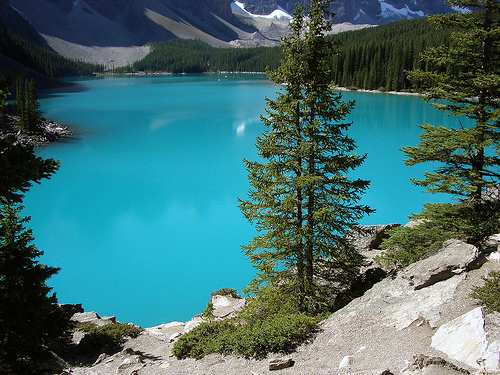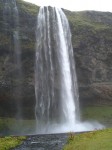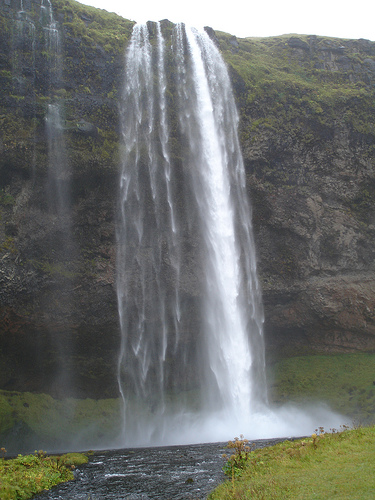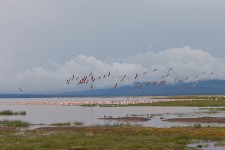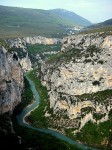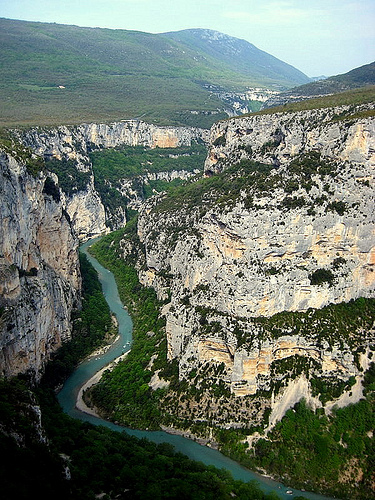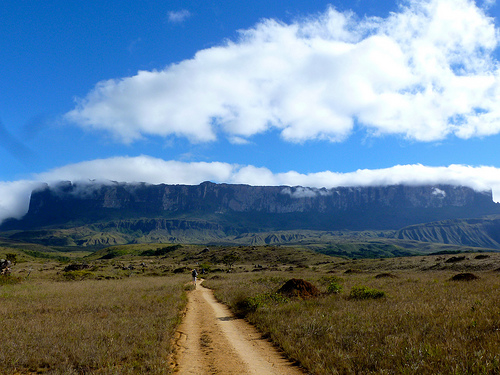
How many lakes have a beautiful blue hue like Moraine Lake?
- Moraine Lake is a lake that has an area of 0.5 kilometres squared (0.19 miles squared) and a depth of up to 14 metres (46 feet) and is easily accessible by road, although the road is closed from October to May.
- Moraine Lake has a water source from Fay Glacier and Larch Creek, and is the source of Moraine Creek.
- Moraine Lake is located in Banff National Park, Alberta, Canada, in the Valley of Ten Peaks, and has a surface elevation of approximately 1884 metres (6181 feet) above sea level.
- Moraine Lake displays a beautiful blue hue when it is at full capacity, due to ‘rock flour’ or ‘glacial flour’, tiny particles of rock, in the lake refracting light.
- The Moraine Lake area is the home to trails for hiking, as well as Moraine Lake Lodge, which has accommodation that can be rented for short getaways.
Moraine in June
Image courtesy of Pascal/Flickr
- Canoeing is a popular sport performed on the surface of Moraine Lake and can be arranged through the Lodge.
- Moraine Lake has been featured on the Canadian $20 note in 1969 and 1979, and it is one of Canada’s most commonly photographed places.
- Moraine Lake is quite picturesque, with the Ten Peaks, a group of ten mountains, rising above and surrounding the lake, and has been featured as background options on computers and electronic devices.
- Moraine Lake is the home of wildlife such as grizzly bears, ground squirrels, chipmunks, marmots and pikas (small rabbit-like mammals).
- Moraine Lake is so called due to a ‘moraine’, a pile of glacial rocks and boulders that was formed by the Wenkchemna Glacier next to the lake.
Bibliography:
Fletcher J, Moraine Lake in Banff National Park, n.d, USA Today, http://traveltips.usatoday.com/moraine-lake-banff-national-park-13242.html
Moraine Lake, 2014, Wikipedia, http://en.wikipedia.org/wiki/Moraine_Lake




